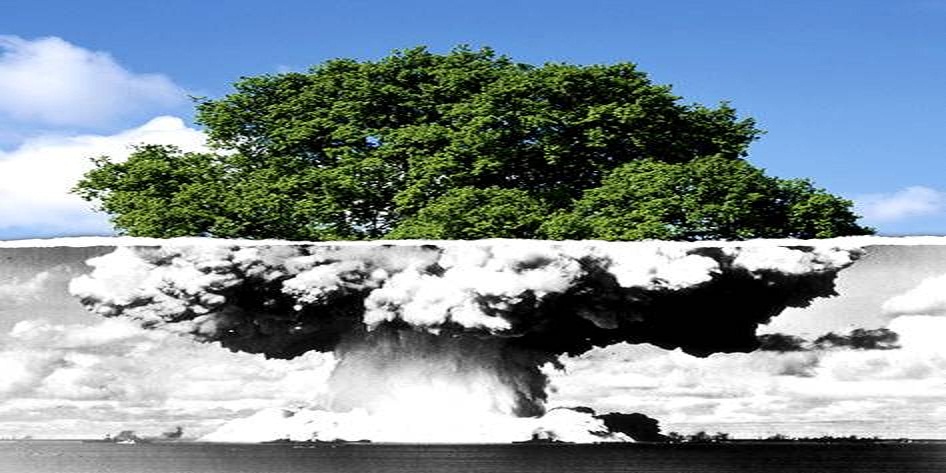Nuclear reactors generate energy through fission, the process by which an atomic nucleus splits into two or more smaller nuclei. During fission, a small amount of mass is converted into energy, which can be used to power a generator to create electricity. In order to harness this energy, a controlled chain reaction is required for fission to take place. When a uranium nucleus in a reactor splits, it produces two or more neutrons that can then be absorbed by other nuclei, causing them to undergo fission as well. More neutrons are released in turn and continuous fission is achieved.
Neutrons produced by fission have high energies and move extremely quickly. These so-called fast neutrons do not cause fission as efficiently as slower-moving ones so they are slowed down in most reactors by the process of moderation. A liquid or gas moderator, commonly water or helium, cools the neutrons to optimum energies for causing fission. These slower neutrons are also called thermal neutrons because they are brought to the same temperature as the surrounding coolant.
In contrast to most normal nuclear reactors, however, a fast reactor uses a coolant that is not an efficient moderator, such as liquid sodium, so its neutrons remain high-energy. Although these fast neutrons are not as good at causing fission, they are readily captured by an isotope of uranium (U238), which then becomes plutonium (Pu239). This plutonium isotope can be reprocessed and used as more reactor fuel or in the production of nuclear weapons. Reactors can be designed to maximize plutonium production, and in some cases they actually produce more fuel than they consume. These reactors are called breeder reactors.
Breeder reactors are possible because of the proportion of uranium isotopes that exist in nature. Natural uranium consists primarily of U238, which does not fission readily, and U235, which does. Natural uranium is unsuitable for use in a nuclear reactor, however, because it is only 0.72 percent U235, which is not enough to sustain a chain reaction. Commercial nuclear reactors normally use uranium fuel that has had its U235 content enriched to somewhere between 3 and 8 percent by weight. Although the U235 does most of the fissioning, more than 90 percent of the atoms in the fuel are U238--potential neutron capture targets and future plutonium atoms.
Pu239, which is created when U238 captures a neutron, forms U239 and then undergoes two beta decays, happens to be even better at fissioning than U235. Pu239is formed in every reactor and also fissions as the reactor operates. In fact, a nuclear reactor can derive a significant amount of energy from such plutonium fission. But because this plutonium fissions, it reduces the amount that is left in the fuel. To maximize plutonium production, therefore, a reactor must create as much plutonium as possible while minimizing the amount that splits.
This is why many breeder reactors are also fast reactors. Fast neutrons are ideal for plutonium production because they are easily absorbed by U238 to create Pu239, and they cause less fission than thermal neutrons. Some fast breeder reactors can generate up to 30 percent more fuel than they use.
Creating extra fuel in nuclear reactors, however, is not without its concerns: One is that the plutonium produced can be removed and used in nuclear weapons. Another is that, to extract the plutonium, the fuel must be reprocessed, creating radioactive waste and potentially high radiation exposures. For these reasons, in the U.S., President Carter halted such spent fuel reprocessing, making the use of breeder reactors problematic.
The U.S. constructed two experimental breeder reactors, neither of which produced power commercially. The Enrico Fermi Nuclear Generating Station in Michigan was the first American fast breeder reactor but operated only from 1963 until 1972 before engineering problems led to a failed license renewal and subsequent decommissioning. Construction of the only other commercial fast breeder reactor in the U.S., the Clinch River plant in Tennessee, was halted in 1983 when Congress cut funding. Elsewhere in the world, only India, Russia, Japan and China currently have operational fast breeder reactor programs; the U.K., France and Germany have effectively shut down theirs.

0 comments:
Post a Comment